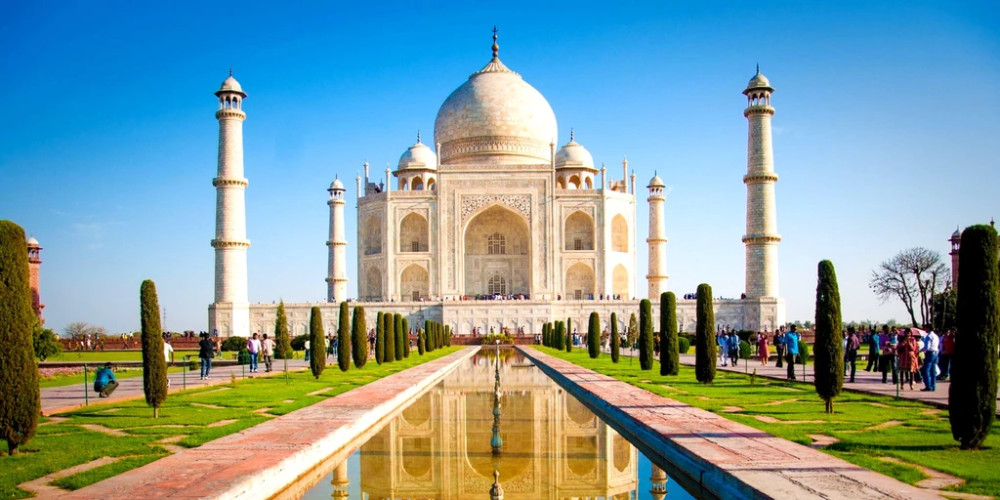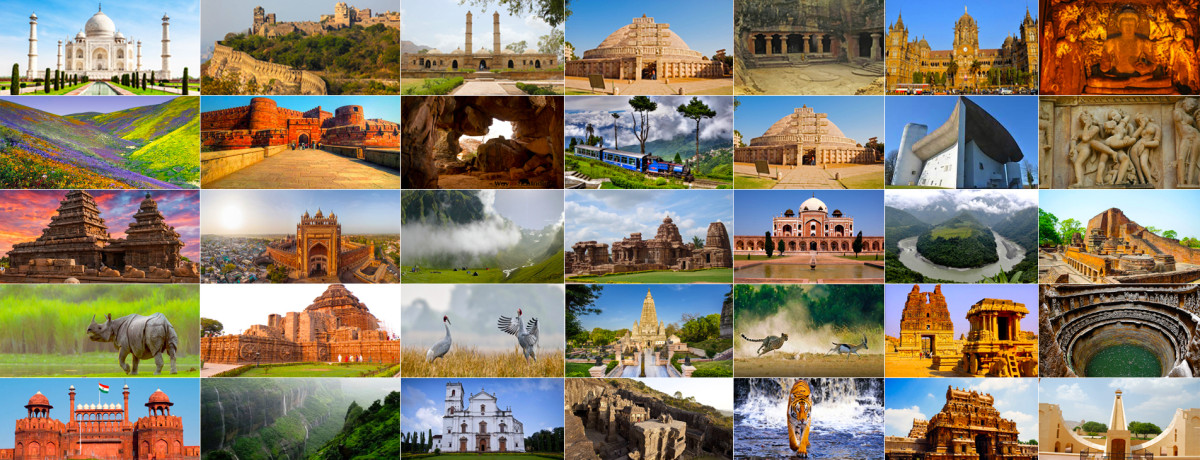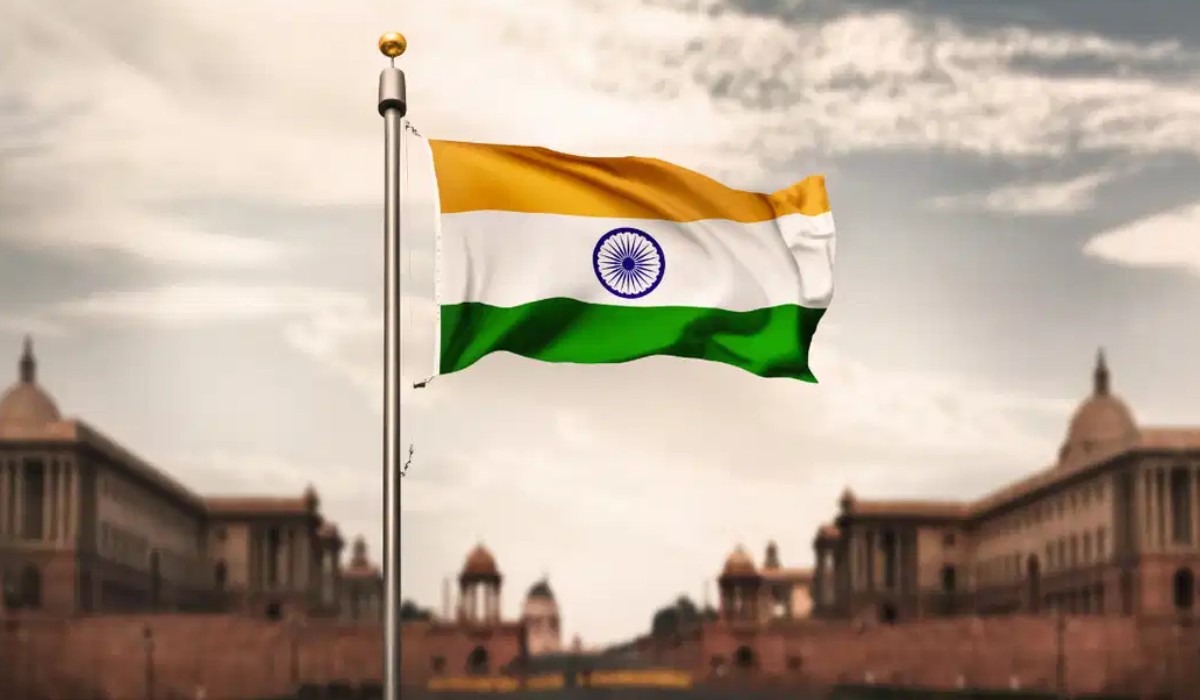In 1982, the International Council on Monuments and Sites (ICOMOS) declared April 18 as International Day for Monuments and Sites, also known as World Heritage Day. The day was established by UNESCO during its 22nd General Conference in 1983 to recognise historical sites, raise awareness about them, and emphasise the significance of restoring and preserving them.
Thus, the day promotes cultural value while also emphasising the numerous barriers to doing so.
Every year, a topic for the day is suggested, which directs the celebrations and the numerous activities carried out by ICOMOS National and International Scientific Committees, as well as other organisations.
The theme for this year is “Heritage Changes.” This theme is aimed at addressing issues of climate action and its relation to cultural heritage. It also emphasizes the role of cultural heritage in supporting the protection of vulnerable communities in climate action and responding to the UN Decade of Action.
At the moment, India is home to 40 UNESCO World Heritage Sites. Out of these, 32 are cultural, 7 are natural, and one, the Khangchendzonga National Park, is of mixed type. India has the sixth-largest number of sites in the world.
Here is a look at a few heritage sites in India:
Taj Mahal

Taj Mahal is the finest example of the Indo-Islamic architecture. It was built in Agra on the bank of the Yamuna river as a mausoleum of Mumtaz Mahal, the Persian wife of the Mughal emperor Shah Jahan, between 1631 and 1648.
Ajanta Caves

The caves at Ajanta represent a collection of Buddhist art from two periods. The earliest monuments date to the second and first centuries BC and were created by the followers of Theravada Buddhism. Later on, monuments were added in the fifth and sixth centuries AD during the Vakataka dynasty.
Konark Sun Temple

The temple was built in the 13th century and is one of the finest examples of the Kalinga style of architecture. It represents the chariot of the solar deity Surya. The temple has 24 wheels, carved of stone and richly decorated, and it is pulled by six horses.
Agra Fort

Agra Fort is a 16th-century Mughal imperial fortress. It got its present layout under the Mughal emperor Akbar. The fort houses audience halls and two mosques, apart from courtrooms and other structures.
Kaziranga National Park

Kaziranga is located in the floodplains of the Brahmaputra River. It is home to world’s largest population of the Indian rhinoceros, as well as tiger, Asian elephant, wild water buffalo and the Ganges river dolphin, among several other indigenous species.











